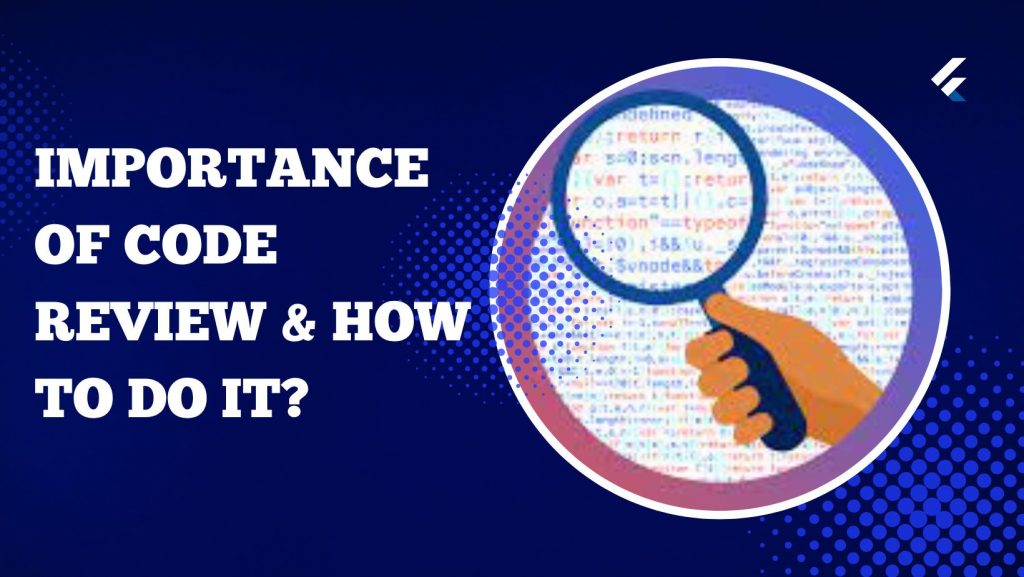Code review, also known as peer review, is a software quality assurance activity in which programmers check each other’s code for mistakes. They perform the reading parts of the source code, and they do so after implementation or as an interruption of it. The checking people, excluding the programmer, are called code reviewers. It is an act of consciously convening with one’s fellow programmers to check each other’s code for mistakes. Code review helps accelerate and streamline the process of software development. In addition, it also impacts the company’s culture and the professional growth of teams and individuals.
Code reviewers also help identify bugs and logic problems. They can be from any team or group as long as they’re a domain expert. Two experts should review the code if lines of code cover more than one domain. It is a procedure commonly used to validate the design and implementation of features, and it helps developers to maintain consistency between design and implementation across teams. Developing a strong code review sets a foundation for continuous improvement and prevents unstable code from delivering to customers. Code reviews can be done differently across the companies in different environments with various approaches.
Significance of Code Review in an Organization
Code reviews have become integral to a software development team’s workflow. It ensures that the IT helpdesk support has looked at every piece of code. The entire code review process is integral to spreading knowledge throughout an organization and shipping high-quality products to customers. Code reviews act as a quality assurance of the code base. It is encouraged for software developers to have their code reviewed as soon as they have completed coding.
Code reviews comprise the systematic examination of software code and are essential to an organization’s software development process. Efficient reviews are necessary to capture many minor bugs and errors. In addition, it also helps the developer team learn the code base as well as help them to get into new technologies and techniques that grow their skill sets. The main motive of code review is to find bugs and resolve errors. Code reviews ensure compliance as application security is integral in software development. The security team members can review code and alert the developers to vulnerabilities and threats. Reviewers and programmers work together to find the most effective and efficient solutions to meet customer needs and behavior.
How to Run a Code Review in an Organization
Code reviews are designed to increase code quality and help the development team remove vulnerabilities from the source code. The essential prerequisite for effective and efficient code reviews is to have an optimistic culture in place. Code review systematically examines software’s source code that helps businesses gather data and information. It is performed during the initial development phase, improving the overall quality of software and the developer’s skills. Running a code review and ensuring everything has been appropriately reviewed is challenging for businesses. A business can run an efficient and effective code review by following the four practices below.
1. Communicate Goals & Expectations
The goals of the reviews should be clear and strategic. Businesses should give their reviewers a checklist to ensure that the reviews are consistent. Programmers evaluate each other’s code with the same criteria. Communicating goals and expectations will save time and effort. Reviewers will know precisely what to look for, enabling them to use their time wisely in the review process.
2. Everyone Is Included in the Code Review Process
No matter who the programmer is, everyone needs to review the code. Everyone performs better when they know someone else will look and scrutinize their work. Including engineers and the software architect when you’re running reviews is best. They can easily spot different issues in the code concerning the broader codebase. In addition, the review process also improves collaboration and relationships between programmers.
3. Foster a Positive Culture
Code reviews play a vital role in software quality. Before the bug goes into the product, it gets caught. Fostering a positive culture around the reviews is quite important. By getting into an optimistic culture, the team appreciates reviews. Code review helps organizations develop a positive culture and improve product quality.
4. Automate to Save Time
There are some things that reviewers will need to check in manually. But certain things can be checked automatically only if they use the right tools. Static code analyzers tackle potential issues in code by checking it against coding rules. Running static analyzers over the existing code reduces the number of gaps that reach the peer review phase. By using automated tools, you can save time in the review process. The reviewers can, therefore, focus on the issues that tools can’t find, i.e., usability.
Conclusion
Code review is a potential means of improving the software quality of the product. An effective code review depends on different factors adding more quality to the final code. When a software developer reviews the code as soon as a team makes changes, they can learn about the various tools and solutions. As the knowledge spreads across the organization, code reviews ensure no single point of failure. In addition, code reviews also help the business adhere to established standards.
Code reviews also bring in maintainers to assess the code before pushing changes. It also creates a high level of security, especially when security professionals engage in a targeted review. It strengthens collaboration across the software development to prevent information and maintain a seamless workflow between teams across the IT helpdesk system.





Pingback: How AIOps Can Enhance the Digital Experience of Businesses